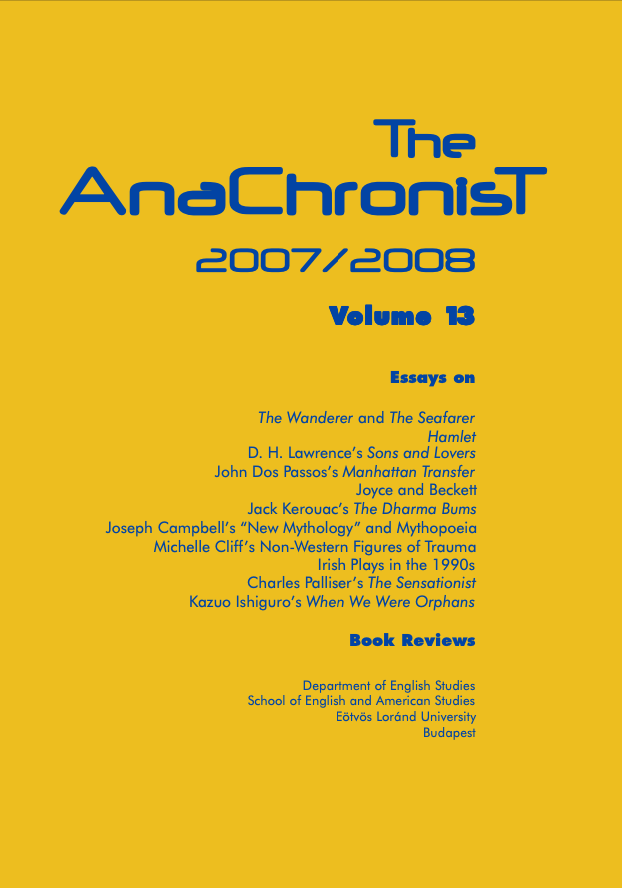'Im-marginable Langscape'
Re-creation and De-creation in Joyce and Beckett
DOI:
https://doi.org/10.53720/GWTZ6363Abstract
This paper explores the subtle union (and dis-union) between space and place and their relationship to human consciousness. It begins by delineating some crucial epistemological views which poignantly elucidate the essence of the topic (Aristotle, Bruno) and relates these closely to Joyce and Beckett. Spatial re-creation in early Joyce is analyzed next, in order to enlighten, in the style of Dubliners and A Portrait, the ability to render the materiality and volume of places (as argued in Hamon's theory of dynamic description) and the simultaneous a-material character of imagined or transcended space (such as the European Continent in Gabriel Conroy's imagination). Particular emphasis is put on the suspended states of spacelessness during which consciousness absorbs the surrounding physical world in a timeless feeling de-materializing space (as illustrated by Bachelard). Beckett's own depiction, in contrast, is defined as placelessness, a devaluation which shows a more de-material aspect than a-material spacelessness. Beckett's de-creation of real inhabitable places echoes/mirrors the absolute reduction of his language, whereas Joyce, by furthering his experimentation, accentuates the hypertrophic re-creation of places within an "immarginable" space, in which places melt into language, so as to enlarge a landscape and turn it into a personal, and yet universal, "langscape."

